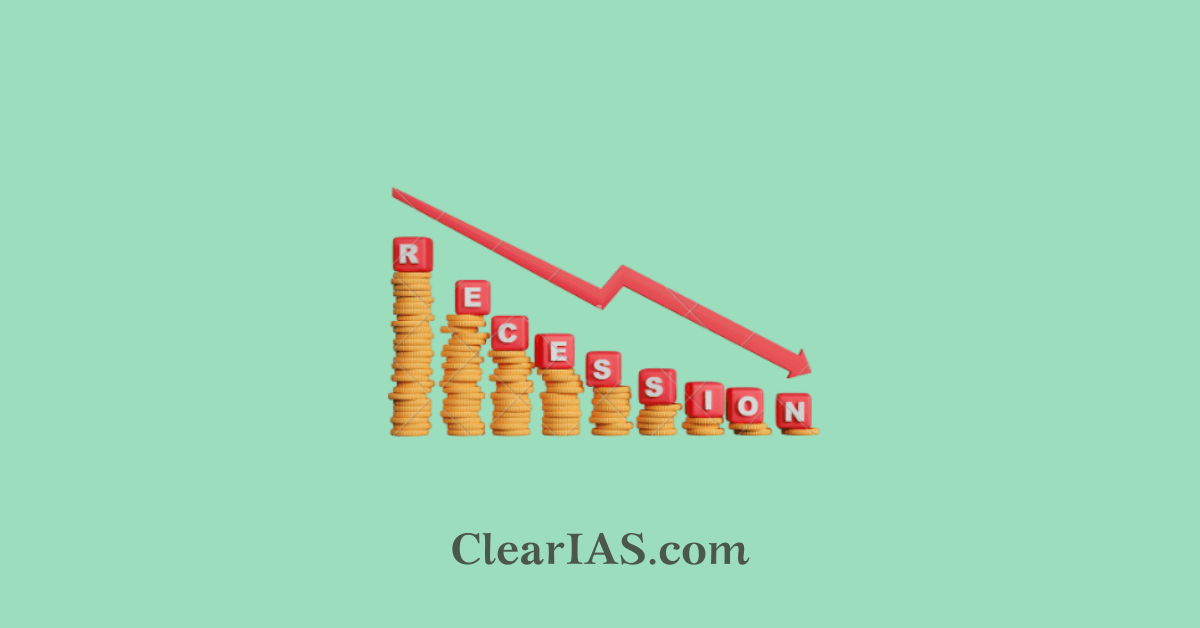Canada's Economic Outlook: Deeper Recession Despite Lower Tariffs?

Table of Contents
The Impact of Lower Tariffs on the Canadian Economy
While lower tariffs can stimulate trade and boost specific sectors, their overall impact on preventing a deeper recession is limited. The benefits are often nuanced and depend heavily on the global economic climate and domestic conditions.
-
Limited impact on sectors heavily reliant on domestic demand: Industries like construction or retail, whose performance is primarily driven by domestic consumer spending, won't see a significant boost from lower import tariffs. The Canadian economy's reliance on internal consumption means external trade adjustments alone can't single-handedly revive it.
-
Potential benefits offset by global economic slowdown: The positive effects of lower tariffs can easily be overshadowed by a weakening global economy. Reduced import costs might not be enough to offset decreased demand for Canadian exports. The interconnectedness of the global market means that even if Canada lowers tariffs, a struggling global economy will impact its economic performance.
-
Increased competition from foreign producers might hurt some Canadian industries: Lower tariffs can lead to increased competition from cheaper imports, potentially harming less efficient or less competitive domestic businesses. This requires a strategic approach, potentially through governmental support to boost the competitiveness of domestic Canadian industries.
-
Need for strategic domestic investments to fully utilize tariff reductions: Lower tariffs are merely a tool; their effectiveness hinges on a supportive domestic environment. Strategic investments in infrastructure, technology, and worker training are essential to fully leverage the opportunities presented by reduced trade barriers. For instance, investment in technology might allow Canadian producers to compete effectively despite lower import prices.
The impact of specific tariff reductions varies across sectors. For example, lower tariffs on agricultural products might benefit Canadian farmers who export to the US, but the impact will depend on global demand and the competitiveness of Canadian producers. Similarly, reduced tariffs on manufactured goods might help some companies but hurt others faced with stronger international competition.
Global Economic Headwinds and Their Effect on Canada
The global economic slowdown significantly impacts Canada's export-oriented economy. Canada's fortunes are strongly tied to the health of its major trading partners, making it particularly vulnerable to global economic shocks.
-
Inflationary pressures and rising interest rates globally: High inflation and aggressive interest rate hikes by central banks worldwide are dampening economic activity and reducing consumer spending, directly affecting Canadian export markets. This results in reduced demand for Canadian goods and services.
-
Weakening demand for Canadian goods and services in key export markets: A global recession translates to lower demand for Canadian exports, impacting crucial sectors like energy, natural resources, and manufacturing. This decreased demand puts pressure on Canadian businesses and employment.
-
Geopolitical instability and supply chain disruptions: The ongoing war in Ukraine, tensions in the Indo-Pacific region, and other geopolitical factors contribute to supply chain disruptions and uncertainty, further impacting Canada's export-oriented economy and negatively affecting the Canadian economic outlook.
-
The ripple effect of recessions in major trading partners (e.g., the US, EU): Recessions in major trading partners like the US and the EU have a significant knock-on effect on the Canadian economy, due to reduced demand for Canadian goods and services. This interconnectedness makes Canada particularly susceptible to economic downturns in its key trade partners.
Sectors heavily reliant on exports, such as the energy sector or the automotive industry, are particularly vulnerable to global economic fluctuations. The impact of these fluctuations will play a significant role in the Canadian recession's severity.
Domestic Challenges Contributing to a Recessionary Environment
Internal factors also contribute to the pessimistic economic outlook, creating a challenging environment for economic growth in Canada.
-
High inflation and its impact on consumer spending: Persistent high inflation erodes consumer purchasing power, leading to reduced spending and impacting overall economic growth. This reduced spending directly affects businesses relying on domestic demand.
-
Housing market correction and its effect on the broader economy: The cooling Canadian housing market, after a period of rapid price increases, negatively affects consumer confidence and investment. A correction in the housing market can have a significant ripple effect on the broader economy.
-
Labor shortages in key sectors: Labor shortages in various sectors constrain economic growth and hinder productivity. This shortage limits businesses' capacity to expand and invest, further impacting growth and adding to the pressure of a possible Canadian recession.
-
Government debt and fiscal policy challenges: High levels of government debt limit the government's capacity to implement significant fiscal stimulus measures to counteract economic downturns. This lack of fiscal flexibility makes it harder to address economic challenges effectively.
The interplay between these domestic challenges and the global economic situation creates a complex and challenging environment, increasing the likelihood of a deeper recession.
Potential Mitigation Strategies and Policy Responses
Addressing the potential for a deeper recession requires a multifaceted approach involving both short-term and long-term policy responses from the Canadian government.
-
Fiscal stimulus measures to boost aggregate demand: Government spending on infrastructure projects, tax cuts, or direct payments to households can boost aggregate demand and stimulate economic activity. Fiscal stimulus helps to counteract the negative effects of a slowing economy.
-
Targeted support for vulnerable sectors and populations: Providing targeted support for industries and populations disproportionately affected by the economic slowdown can help mitigate the negative social and economic consequences of a recession. This includes unemployment benefits or direct support for struggling businesses.
-
Investment in infrastructure projects to create jobs and stimulate economic activity: Investing in infrastructure projects creates jobs and stimulates economic activity, both directly through construction and indirectly through increased demand for related goods and services. This contributes positively to economic growth and job creation.
-
Strategies to improve supply chain resilience: Investing in measures to enhance supply chain resilience, such as diversification of supply sources and strengthening domestic production capacity, can help reduce vulnerability to global disruptions. A more resilient supply chain lessens the impact of global shocks.
The effectiveness of these policy options depends on various factors, including the severity of the recession and the timing and implementation of these measures. There are also potential drawbacks, such as increased government debt or inflationary pressures. Careful consideration is needed to balance the benefits and risks of each policy option.
Conclusion
Canada's economic outlook remains uncertain, with a deeper recession a significant possibility despite lower tariffs. Global economic headwinds and persistent domestic challenges contribute to this pessimistic forecast. While tariff reductions offer some benefits, they are insufficient to counteract the broader economic pressures. The interplay of global and domestic factors suggests a complex and challenging economic path ahead.
Understanding the complexities of Canada's economic outlook is crucial for individuals, businesses, and policymakers. Stay informed on the latest developments regarding Canada's economic outlook and explore resources that provide in-depth analyses to navigate this challenging economic environment. Learn more about how to prepare your business for a potential economic downturn and the impact of Canada's economic outlook on your investments. Proactive planning and informed decision-making are key to mitigating the potential risks associated with a deeper Canadian recession.

Featured Posts
-
 Cassidy Hutchinsons Fall Book A Jan 6 Insiders Account
Apr 23, 2025
Cassidy Hutchinsons Fall Book A Jan 6 Insiders Account
Apr 23, 2025 -
 English Language Leaders Debate 5 Crucial Economic Takeaways
Apr 23, 2025
English Language Leaders Debate 5 Crucial Economic Takeaways
Apr 23, 2025 -
 Impact Of Hudsons Bay Closures On Brand Inventory And Distribution
Apr 23, 2025
Impact Of Hudsons Bay Closures On Brand Inventory And Distribution
Apr 23, 2025 -
 High Winds Batter Lehigh Valley Leaving Thousands Without Power
Apr 23, 2025
High Winds Batter Lehigh Valley Leaving Thousands Without Power
Apr 23, 2025 -
 Who Will Be The Next Pope Top 10 Cardinal Contenders
Apr 23, 2025
Who Will Be The Next Pope Top 10 Cardinal Contenders
Apr 23, 2025
